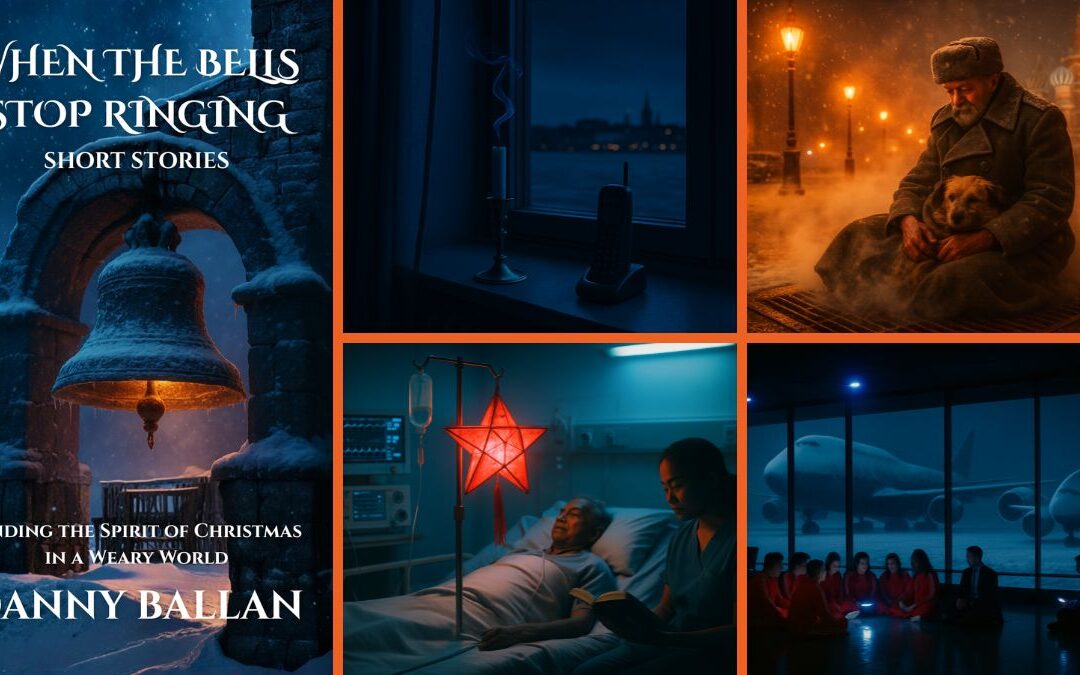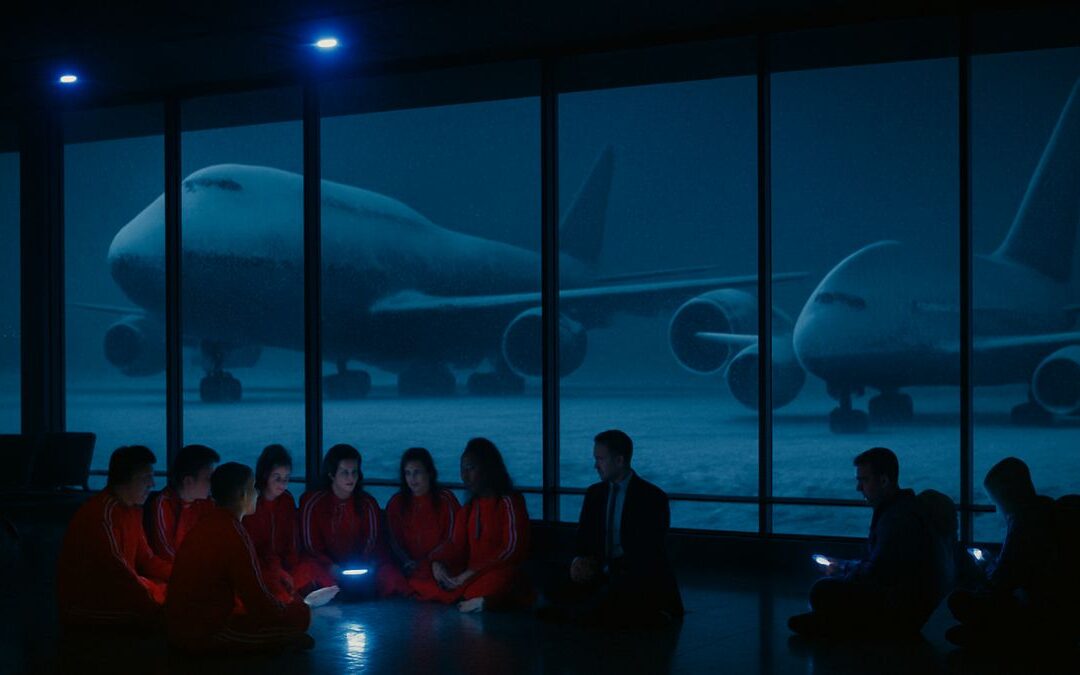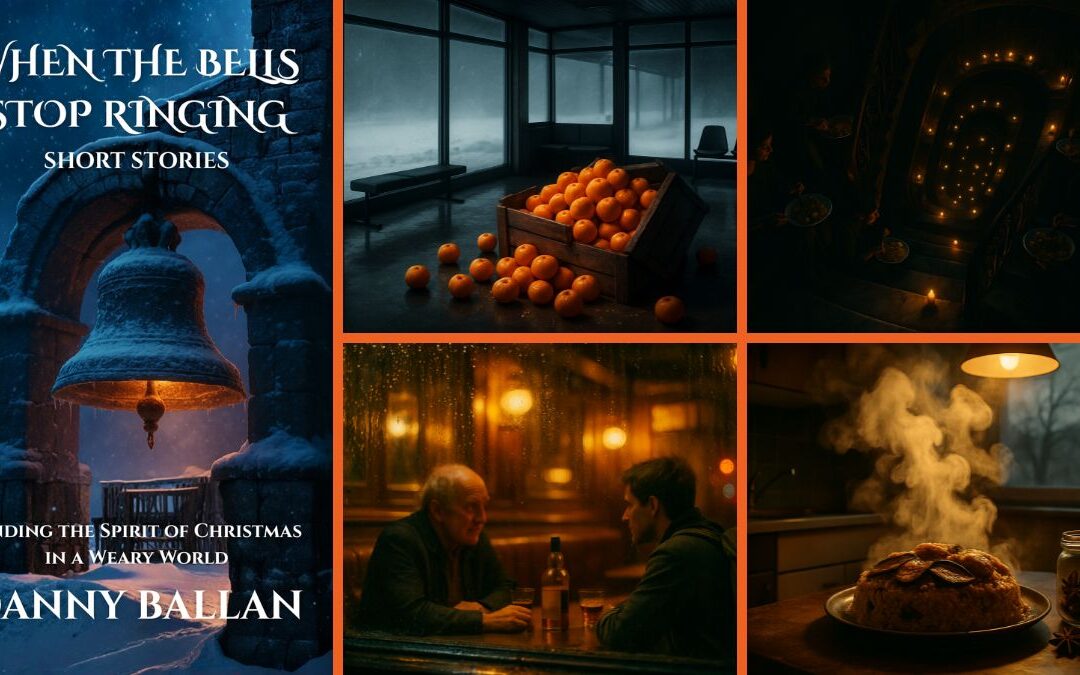Romanticism in art is a movement that has left a lasting impact on how we perceive and express emotions, nature, and the human experience. If you’ve ever wondered what Romanticism really means, or how it has influenced the world of art, you’re not alone. Let’s dive into some of the most frequently asked questions about this fascinating artistic movement.
What Is Romanticism in Art?
Romanticism emerged in the late 18th century as a reaction against the rigid structures of the Enlightenment and the Industrial Revolution. While the Enlightenment emphasized reason and logic, Romanticism celebrated emotion, imagination, and the sublime power of nature. In art, this meant a shift from precise, orderly compositions to works that were dramatic, expressive, and filled with passion.
Imagine standing before a landscape painting where a storm rages over a wild, untamed coastline. The artist isn’t just showing you a scene; they’re conveying the raw power of nature and the deep emotions it stirs. This is the essence of Romanticism.
Who Were the Key Figures in Romantic Art?
Romanticism produced some of the most iconic artists in history. One of the most famous is Caspar David Friedrich, whose landscapes capture the awe-inspiring beauty and mystery of nature. His painting Wanderer above the Sea of Fog is a perfect example of how Romantic artists sought to evoke feelings of wonder and introspection.
Another key figure is Eugène Delacroix, known for his vibrant and emotionally charged works like Liberty Leading the People. Delacroix’s art was not just about beauty; it was about stirring the emotions and provoking thought.
J.M.W. Turner, often called the “painter of light,” is another Romantic artist who used his brush to capture the power and majesty of nature. His works, like The Fighting Temeraire, blend the real and the sublime, showing how Romanticism embraced both the visible world and the emotional landscape within.
These artists—and many others—helped shape a movement that valued emotion over precision, the natural world over industrial progress, and the individual’s experience over societal norms.
What Are the Main Characteristics of Romantic Art?
Romantic art is often described by a few key characteristics:
- Emphasis on Emotion: Romanticism prioritizes emotional expression. Whether through a dramatic landscape or a passionate historical scene, the goal is to evoke a strong emotional response.
- Glorification of Nature: Nature isn’t just a backdrop in Romantic art—it’s a central character. Artists depicted nature as powerful, mysterious, and often overwhelming, highlighting humanity’s smallness in the face of the vast natural world.
- Individualism: Romanticism celebrates the individual’s perspective, particularly the artist’s unique vision. This focus on personal expression allowed for more experimentation and creativity.
- Imagination and the Sublime: Romantic artists often explored themes of the supernatural, the mystical, and the sublime—the idea of beauty mixed with awe and terror. This is why many Romantic paintings feel both beautiful and unsettling.
In everyday life, think about how you might experience a powerful emotion—whether it’s awe while standing on a mountain peak or the melancholy of a rainy day. Romantic art captures these kinds of feelings, making the viewer connect with their own emotions on a deeper level.
How Did Romanticism Influence Later Art Movements?
Romanticism laid the groundwork for several later art movements, including Impressionism and Symbolism. The emphasis on emotion and individual perspective carried forward into these movements, as artists continued to explore new ways of expressing their inner worlds.
For example, Impressionist artists like Claude Monet took the Romantic focus on light and atmosphere and used it to capture fleeting moments in time. Meanwhile, Symbolist artists like Gustave Moreau embraced the mystical and imaginative aspects of Romanticism, creating works that delved into dreamlike and often surreal themes.
Even today, you can see the legacy of Romanticism in modern art, literature, and even cinema. The focus on personal expression, emotion, and the natural world continues to inspire creatives across disciplines.
Why Is Understanding Romanticism Important?
Understanding Romanticism is not just about appreciating a particular style of art; it’s about recognizing the broader cultural shifts that continue to shape our world. Romanticism challenged the status quo and encouraged people to think differently about nature, emotion, and individuality. In a world that often prioritizes logic and efficiency, Romanticism reminds us of the importance of feeling, imagination, and connection to the world around us.
Relating this to your own life, think about the times when you’ve been moved by a piece of music, a breathtaking view, or even a powerful story. These moments are when Romanticism touches you personally, urging you to embrace your emotions and appreciate the beauty and mystery of life.
Take Action
Romanticism in art teaches us to value our emotions, our connection to nature, and our unique perspectives. How can you bring these lessons into your daily life? Perhaps by allowing yourself to feel more deeply, appreciating the natural beauty around you, or expressing your individuality in creative ways. Take a moment today to engage with the world around you as a Romantic might—through the lens of emotion, imagination, and wonder.
By exploring these frequently asked questions about Romanticism in art, this article invites you to connect with the movement on a personal level. What aspects of Romanticism resonate with you, and how will you bring that inspiration into your own life?
Expand Your Vocabulary
- Romanticism
- Meaning: An artistic, literary, and intellectual movement that originated in the late 18th century, emphasizing emotion, imagination, and nature over reason and industrialization.
- In Context: Romanticism in art focuses on expressing deep emotions and the power of nature. In everyday language, you might use the term to describe an emphasis on emotional expression, such as, “Her writing style is influenced by Romanticism, focusing on feelings rather than facts.”
- Sublime
- Meaning: A quality of greatness or grandeur that inspires awe and wonder, often mixed with a sense of fear or the overwhelming.
- In Context: The article mentions the sublime in Romantic art, where beauty is intertwined with awe. In everyday use, you might describe a breathtaking landscape or experience as sublime, like, “The view from the mountaintop was simply sublime.”
- Individualism
- Meaning: The principle of being independent and self-reliant; in art, it emphasizes the artist’s personal expression and unique perspective.
- In Context: Romanticism celebrates individualism, highlighting the importance of the artist’s unique vision. You might use this term in everyday life to describe someone who values personal freedom and expression, like, “Her sense of individualism drives her to create art that reflects her true self.”
- Emotion
- Meaning: A strong feeling, such as joy, anger, sorrow, or fear, that is often the driving force behind human actions and creativity.
- In Context: Romanticism places a strong emphasis on emotion, using art to convey deep feelings. In everyday conversation, you might talk about how emotion influences decisions, for example, “His emotions got the better of him during the argument.”
- Nature
- Meaning: The physical world and its features, including plants, animals, landscapes, and other elements of the environment.
- In Context: Nature is glorified in Romantic art as a powerful force that shapes human experience. You might use this word in daily life when discussing the outdoors, like, “I find peace when I’m surrounded by nature on a hiking trail.”
- Imagination
- Meaning: The ability to form ideas, images, or concepts in the mind, often leading to creative or inventive thinking.
- In Context: Romantic artists valued imagination, allowing them to explore the mystical and the unseen. In everyday life, imagination is key to creativity, such as, “Her vivid imagination helped her write stories that captivated readers.”
- Glorification
- Meaning: The act of praising or celebrating something, often elevating it to a higher status.
- In Context: Romanticism involves the glorification of nature and emotion, elevating them as central themes in art. In everyday usage, you might hear this word in discussions of admiration, like, “The movie’s glorification of heroism was both inspiring and dramatic.”
- Mystical
- Meaning: Relating to the spiritual or supernatural, often involving a sense of mystery and the unknown.
- In Context: The article discusses how Romantic art explores mystical themes, adding an element of wonder. You might use this word to describe something that feels magical or otherworldly, such as, “There’s something mystical about the quiet of the forest at night.”
- Perspective
- Meaning: A particular attitude or way of viewing something; in art, it can also refer to the technique of depicting three-dimensional space on a flat surface.
- In Context: Romanticism focuses on the individual’s perspective, both in terms of vision and interpretation. In everyday language, you might talk about someone’s perspective on a situation, like, “Her perspective on life changed after traveling to new places.”
- Legacy
- Meaning: Something handed down from the past, such as achievements, ideas, or cultural contributions that continue to influence the present.
- In Context: The article mentions the legacy of Romanticism, showing how the movement has impacted later art forms. You might use this term to describe what someone leaves behind, like, “His legacy as an educator continues to inspire students long after his retirement.”
Let’s Talk
- Which aspects of Romanticism resonate most with you—emotion, nature, or individualism—and why? How do these elements influence your creative or personal expression?
- This question invites you to reflect on how Romanticism’s themes connect with your own experiences and how they might shape your creative endeavors or daily life.
- How does understanding the focus on emotion and nature in Romanticism change the way you view art? Can you think of modern examples where these themes still prevail?
- This question encourages you to explore how Romanticism has influenced your perception of art and culture, and to identify contemporary examples that echo its principles.
- Romanticism often challenges the status quo by valuing emotion over reason. In what areas of your life do you find yourself balancing emotion and logic? How can Romanticism inspire you to embrace your emotions more fully?
- This question prompts you to consider the balance between emotion and logic in your life, encouraging a deeper connection with your feelings inspired by Romantic ideals.
- How does the concept of the sublime—experiencing beauty mixed with awe or fear—manifest in your own life? Can you recall a moment when you felt this combination of emotions?
- This question encourages you to reflect on personal experiences that align with the sublime, allowing you to connect more deeply with the themes of Romanticism.
- Romanticism emphasizes the individual’s perspective and creativity. How can you apply this focus on personal expression to your work, hobbies, or relationships?
- This question challenges you to think about how you can bring the Romantic emphasis on individualism into various aspects of your life, encouraging self-expression and creativity.
Engaging with these questions can help deepen your understanding of Romanticism and how its principles can be applied to your own life. Discussing these ideas with others or reflecting on them personally can lead to meaningful insights and creative inspiration.










0 Comments